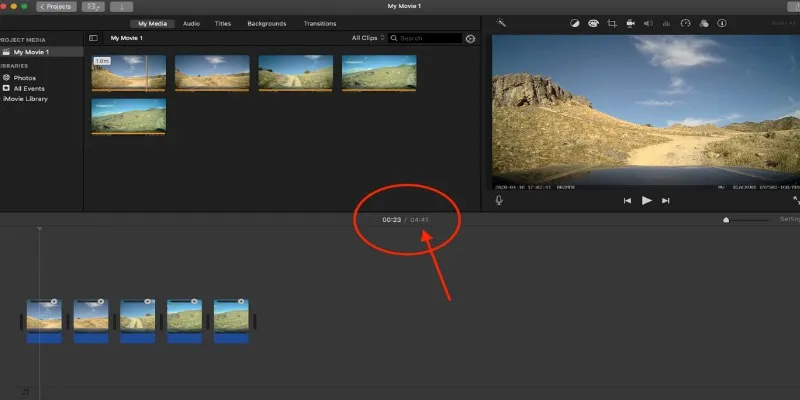How to Conduct Your Own Market Research Survey
A market research survey is a crucial tool for businesses to understand their target audience, enhance their products, and secure market leadership. This article provides a comprehensive guide to conducting market research surveys effectively, collecting valuable data that informs your business decisions.
Introduction to Market Research Surveys

Market research surveys collect vital information, insights, and data points from potential clients. They form the backbone of successful market strategies and improved product offerings by revealing customer behavior, preferences, and needs. Conducting effective market research surveys involves multiple steps, starting with defining objectives and concluding with data analysis.
Step 1: Set Clear Research Objectives
Begin by clearly defining your research goals. These objectives should align with your business aims and be specific to the survey. For instance, if your business goal is to enhance your spring marketing campaign, your research objective could focus on measuring brand awareness among 18 to 25-year-olds.
Example Objectives:
- Analyze the buying decision process across different user categories.
- Determine brand distinctiveness within specific demographic groups.
- Gather feedback on new product features and services.
Step 2: Identify Your Target Audience
Identify the individuals who will make up your target audience, including existing and potential customers. Your research objectives should guide the identification of key traits in the customer groups you want to reach. For example, a study on price sensitivity should target individuals meeting certain income criteria.
Tips for Identifying Your Audience:
- Create detailed demographic profiles, considering gender, age, location, career, and financial status.
- Analyze regional behaviors to understand how different markets react to your products.
- Incorporate psychographic research to assess lifestyle, personal interests, and core values.
Step 3: Create Survey Timelines
Developing a timeline is essential for survey execution. Determine when to distribute the survey, whether follow-ups are required, and when to finalize data collection. Survey response rates are influenced by timing; responses tend to be higher when surveys are sent in the morning rather than at midnight.
Timeline Considerations:
- Plan for additional follow-ups or reminders if necessary.
- Set a specific response collection window to facilitate timely data analysis.
- Consider business cycles and their potential impact on participant responses.
Step 4: Determine Margins of Error

Since it’s impractical to survey an entire population, establish an acceptable margin of error. This margin reflects the expected variance between sample statistics and actual population statistics. Choosing an appropriate margin of error requires balancing it with sample size.
Understanding Margins of Error:
- Calculate the necessary sample size using statistical methods based on your margin of error.
- A 95% confidence level ensures your sample results accurately reflect the population.
Step 5: Designing the Survey
Once objectives and audience are defined, design your survey using best practices to ensure clarity and relevance. Questions should be straightforward and aligned with research goals. After design completion, distribute the survey to your target audience and monitor responses.
Survey Design Tips:
- Keep surveys concise to avoid overwhelming respondents.
- Use clear language, avoiding jargon unless necessary for the audience’s understanding.
- Include open-ended questions for detailed feedback.
Step 6: Analyze the Data
The final step involves analyzing survey responses. Use data analysis tools to ensure research questions are adequately addressed. This analysis informs decisions regarding product development, marketing strategies, and customer service improvements.
Data Analysis Techniques:
- Segment data based on demographics or behaviors to identify patterns.
- Conduct trend analysis to predict future consumer behavior.
- Compare survey data with competitors to gauge performance.
Additional Tips for Conducting Market Research Surveys
Consider engaging third-party market research companies to ensure response anonymity and confidentiality. This can lead to more reliable data, as respondents feel secure in providing honest answers.
Conclusion
Effectively organized market research surveys empower businesses to gain valuable insights into their audience, leading to data-driven decisions. By adhering to best practices, you can achieve high-quality survey results that enhance your market strategies and competitive edge.
Related Articles

Usability Testing Simplified: 8 Must-Have Tools for 2025

The 6 Best Airtable Alternatives in 2025 to Organize, Track, and Collaborate Better
Popular Articles

Step-by-Step Guide to Making Time-Lapse Videos in iMovie

4 Inventory Management Mobile Apps Users Love: Revolutionize Your Stock Control

What Are the 5 Best Calendar Apps to Use in 2025?

How to Use iMovie for Mac to Add Picture-in-Picture Effects Easily

Discover the 7 Best Gmail Alternatives in 2025 to Boost Your Email Game

What Makes Generative AI by Getty Images The Best AI Image Generator for Businesses?

Customize Your iMovie Videos with Stunning Filters

Comparing NTSC and PAL: Which Analog TV Format Was Better?

A Developer’s Guide to Leveraging AMD OpenCL™ APP for Enhanced Performance

Effective Tips to Make a Video Longer Without Losing Viewers

A Practical Guide to Google Keyword Research for B2B Exporters—With Real Data and Strategy Tips

 mww2
mww2